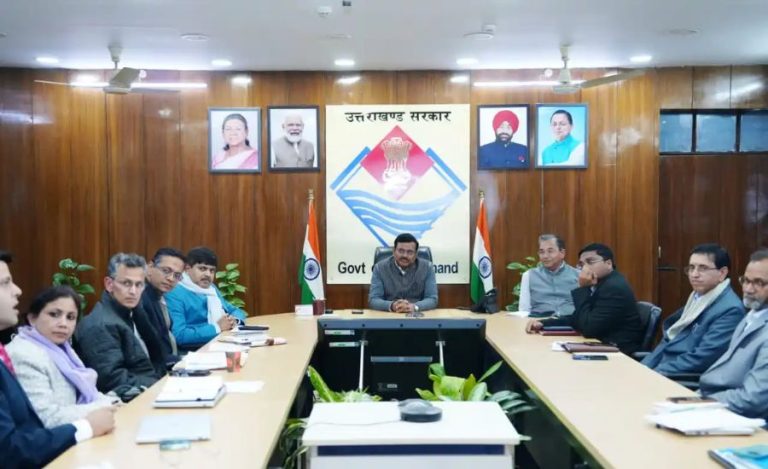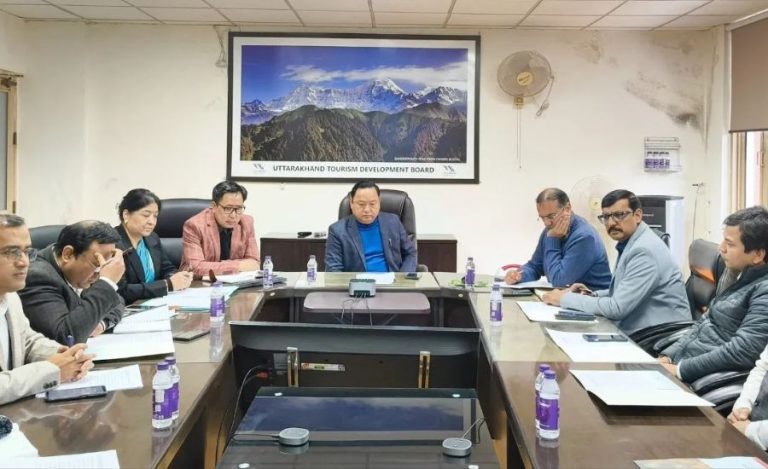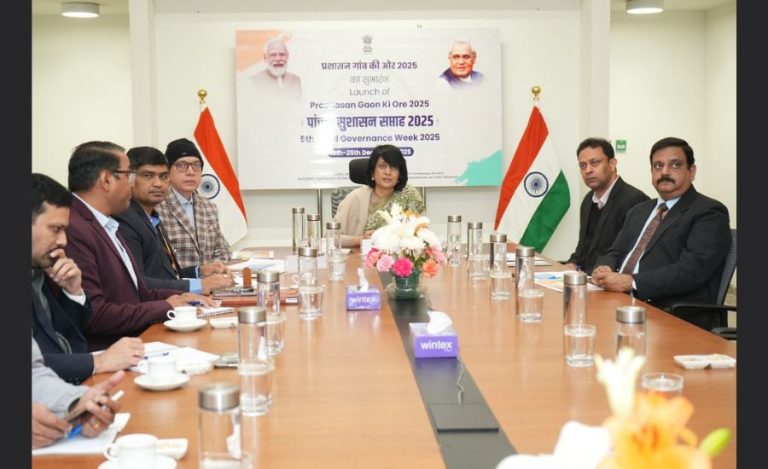New Delhi: India will need to mobilise an estimated USD 467 billion in climate finance by 2030 to decarbonise four of its most carbon-intensive sectors — power, steel, cement, and transport, according to a new study released by the Centre for Social and Economic Progress (CSEP) in collaboration with the Task Force on Climate, Development and the IMF.
Authored by noted economists Dr. Janak Raj and Dr. Rakesh Mohan, the working paper titled “India’s Climate Finance Requirements: An Assessment” offers a granular, sector-by-sector analysis of India’s decarbonisation needs using a bottom-up methodology — a departure from conventional top-down models.
Steel and Cement: The Financial Linchpin
Contrary to prevailing assumptions, the study finds that the steel and cement sectors, not the power sector, will require the lion’s share of climate finance — over 80% of the total $467 billion.
“These are hard-to-abate sectors that will require expensive solutions like carbon capture and storage (CCS). Yet, CCS remains the only feasible option for deep decarbonisation in these industries right now,” said Janak Raj.
Read also: NTPC Green Commissions Third Phase of Khavda Solar Project, Adds 49 MW to Grid- Details Inside
Power and Transport: Lower but Crucial Investments
In contrast, the power sector — long seen as the major emissions contributor — will require about USD 57 billion, thanks largely to the declining capital costs of renewable energy technologies like solar and wind.
The transport sector will also need significant investment to facilitate the shift from internal combustion engines to electric mobility, which includes expanding charging infrastructure, policy support, and financing mechanisms.
Achievable Despite the Scale: Economists Offer Optimism
While the required figure — an average of USD 54 billion per year till 2030 — is substantial, the authors insist it is within reach, representing about 1.3% of India’s GDP.
“This is not an astronomical figure. In fact, these estimates give reason for optimism,” said Dr. Rakesh Mohan. “The financial resources needed are well within India’s economic capacity, especially when viewed alongside its growth trajectory and fiscal flexibility.”
Bridging the Climate Finance Gap
The report highlights a financing gap that must be bridged through both domestic resources and international climate finance. The authors suggest that India could prudently expand its fiscal deficit by up to 2.5% of GDP to accommodate external support — a step that must be carefully managed.
Key recommendations include:
- Incentivising private investment in steel and cement through subsidies, R&D grants, and technology transfer
- A national electric vehicle (EV) framework with regulatory and financial support
- Strengthening the power grid with expanded battery storage and hydro-pump capacity
- Urgent Action Needed Ahead of COP30
The report calls for immediate action, warning that delays in mobilising climate finance could lock India into high-emission pathways that are difficult and costly to reverse.
As India heads into COP30 in Belem, Brazil, later this year, the findings of this study are expected to shape both domestic policy decisions and international negotiations, especially regarding climate finance commitments from developed nations.
Conclusion
India stands at a pivotal juncture in its climate journey. With well-targeted investments, especially in steel and cement, and smart policy design, India can set a global example of how emerging economies can pursue sustainable development without compromising economic growth.




























